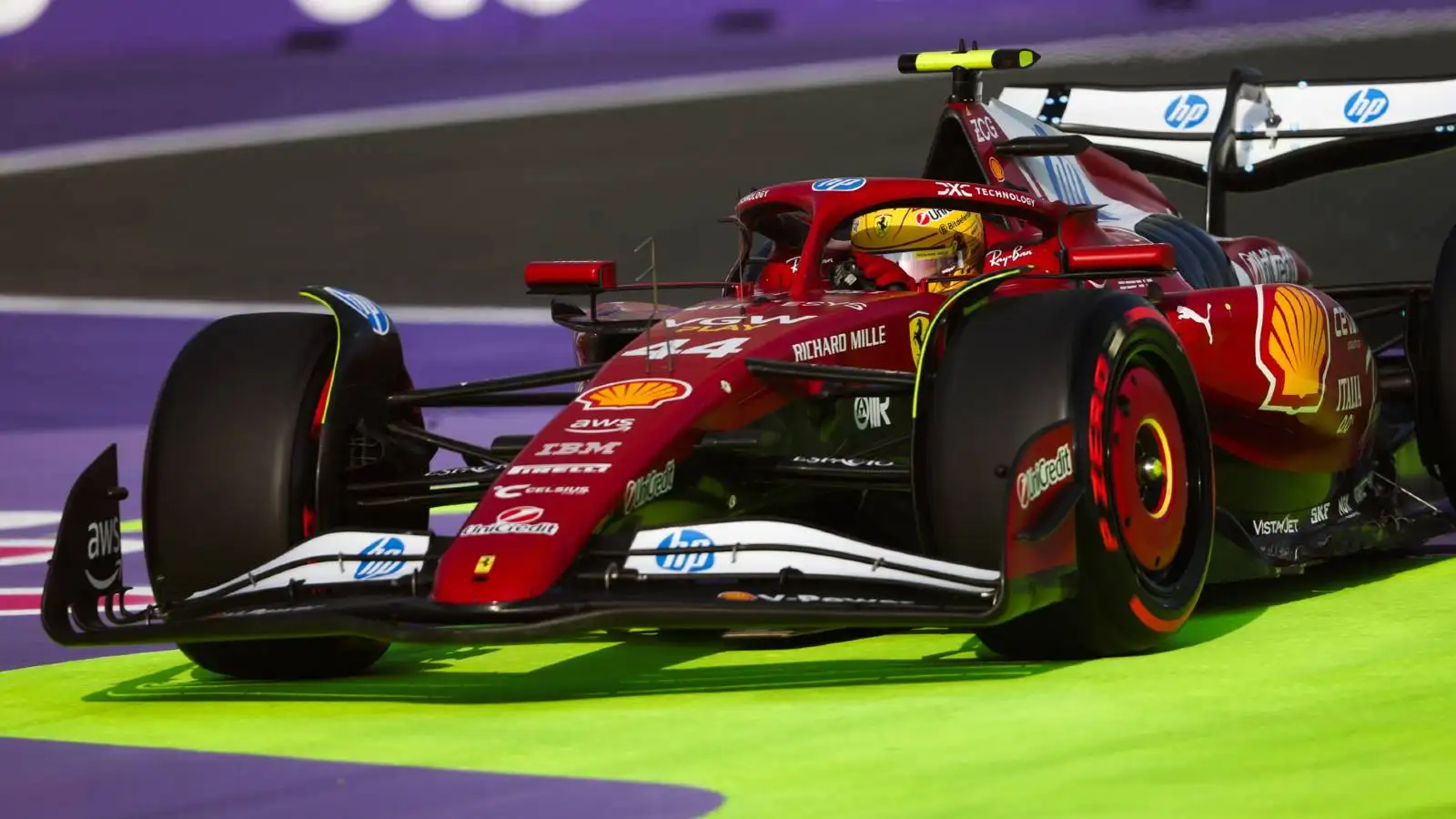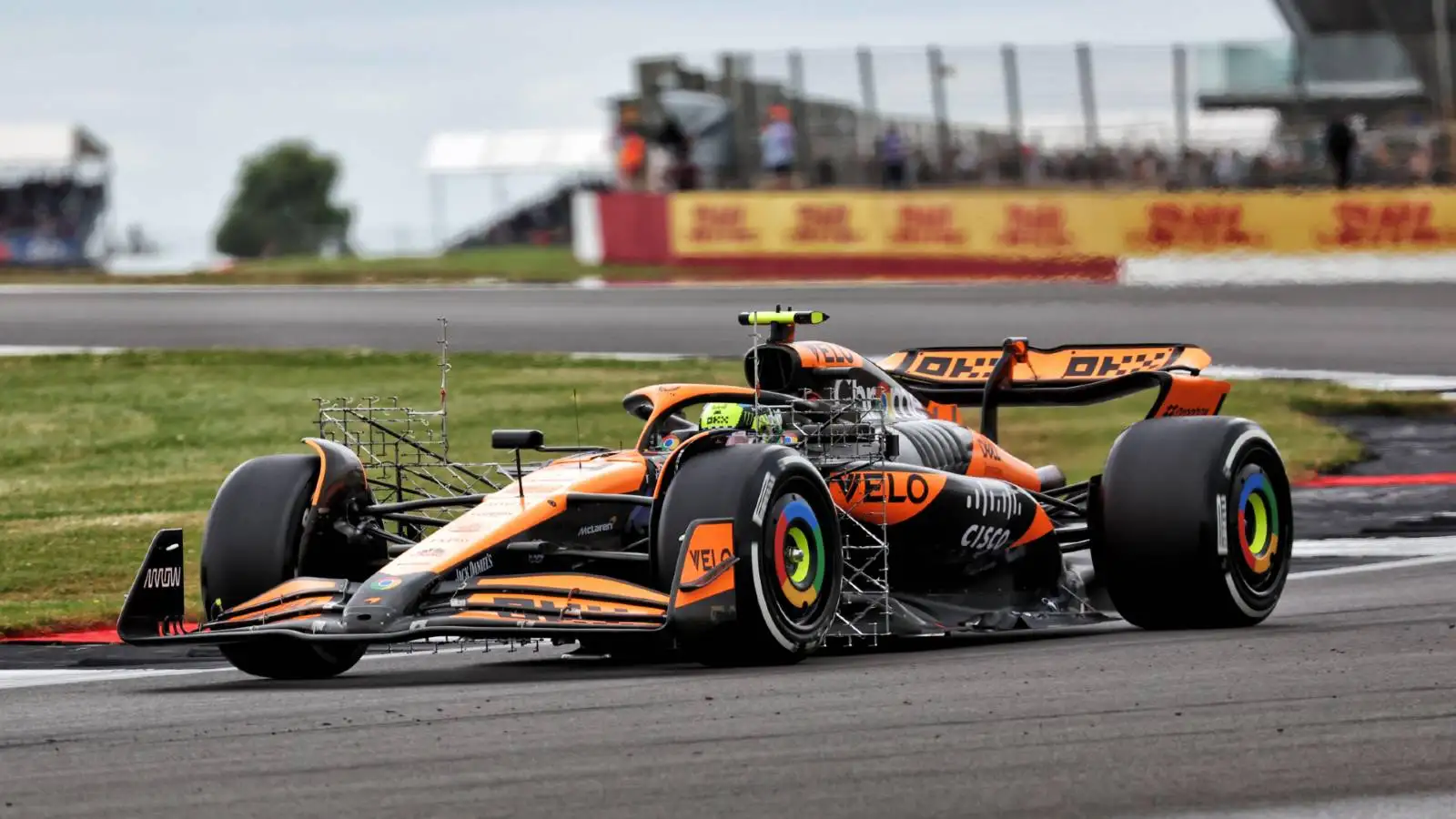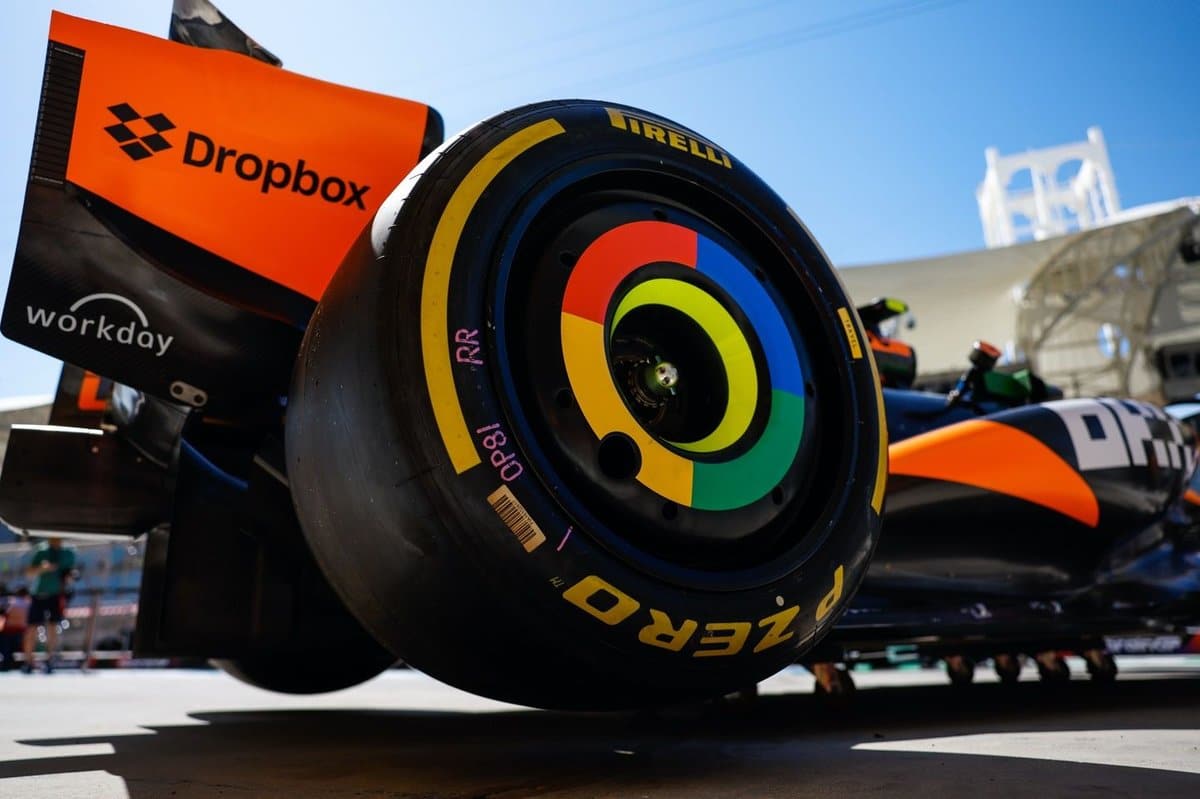Formula 1 is rethinking its approach to rule changes. The days of altering regulations to break a dominating team’s streak might be over. Discover what F1’s boss has to say about the past and future of these changes. Learn about the impact of the upcoming 2026 regulations. Understand how teams will adapt to these shifts.
Formula 1 boss Stefano Domenicali has revealed that ending a team’s or driver’s dominance influenced past regulation changes, but this is no longer a consideration. With the significant regulation changes in 2022 bringing back ground effect aerodynamics, the next big shift is planned for 2026. This new era will introduce a new generation of cars and power units that combine internal combustion and electric power equally.
Domenicali highlighted the transformation in the sport, noting that the initial dominance of Max Verstappen and Red Bull has given way to a more competitive field in 2024, with seven different drivers winning across 14 rounds. He emphasized that this trend is likely to continue until the end of 2025, adding excitement and unpredictability to the sport.
However, there are growing concerns about the 2026 regulations potentially widening the performance gap between teams. The significant changes, especially in power units, might scatter the competitiveness of the grid. Despite these concerns, Domenicali suggested that frequent rule changes may be unnecessary moving forward, allowing for longer periods of competition without major overhauls.
Domenicali recalled his time with Ferrari, a dominant team in the past, acknowledging that halting dominance was a key factor in earlier regulation changes. Now, with new elements like the budget cap and aerodynamic restrictions, the focus can shift to technological advancements rather than combating dominance.
Looking ahead, Domenicali hinted that future discussions will revolve around whether technological advancements justify frequent regulatory changes. The sport might see fewer changes, emphasizing a steady technological evolution. This notion aligns with keeping the budget cap and aerodynamics restrictions in place, aiming for a balanced and competitive sport.
On another front, the 2026 regulations have ushered in new dynamics among manufacturers. Honda, Audi, and Ford are joining the series, while Alpine is transitioning from developing to purchasing power units, reflecting broader strategic shifts within the teams.
Formula 1 is heading towards a future of fewer rule changes, focusing on technology and competition.
Source: Planetf1










